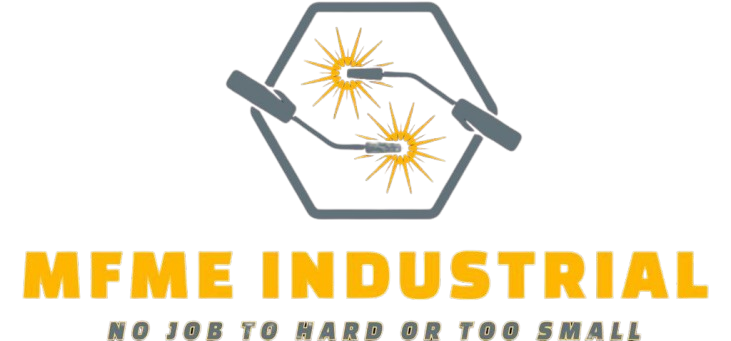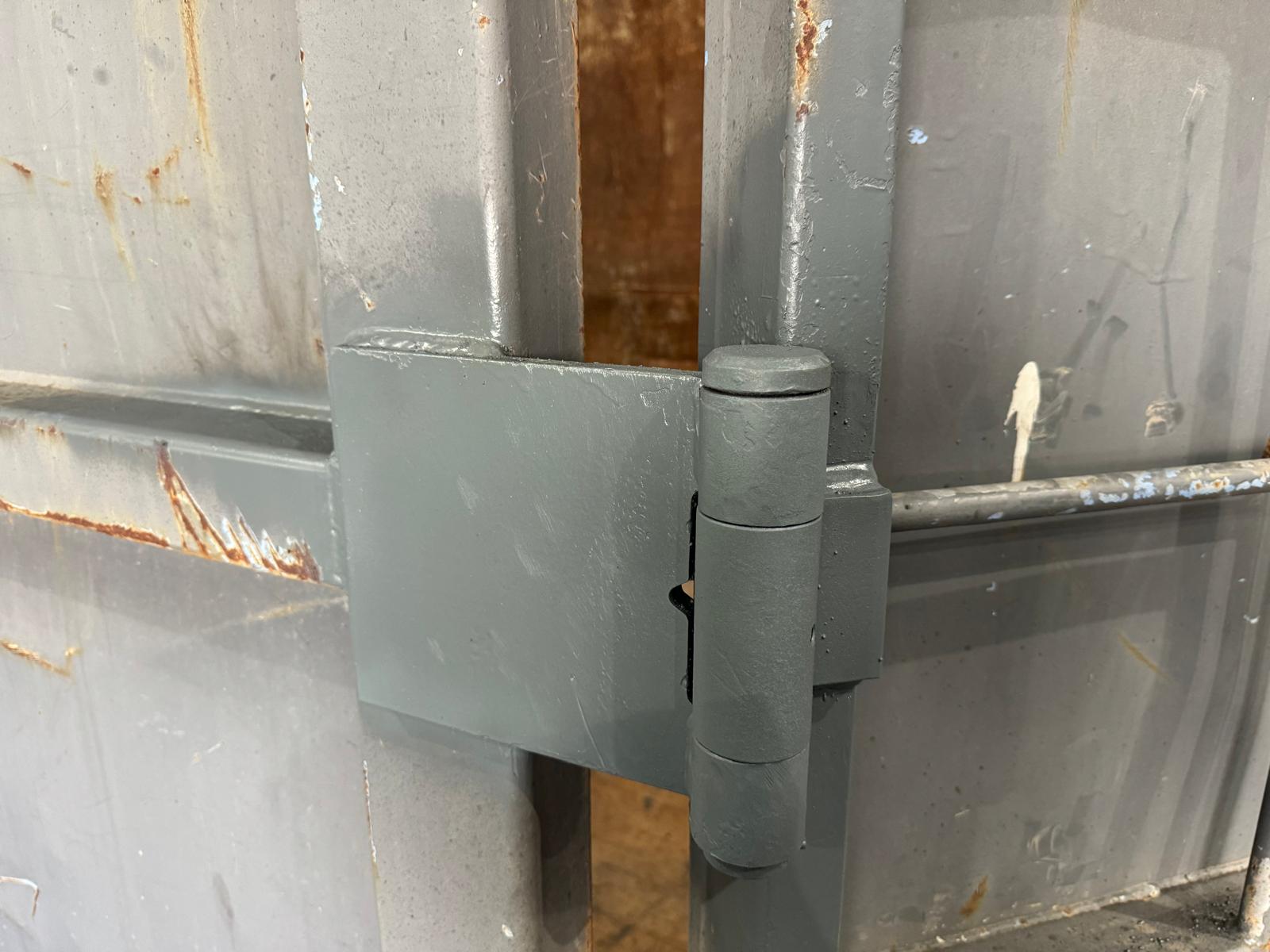CNC Panel Bending: Revolutionizing Precision and Efficiency in Metal Fabrication
CNC panel bending has become a cornerstone of modern metal fabrication, offering unmatched precision, efficiency, and versatility. In an industry where accuracy is paramount, CNC (Computer Numerical Control) panel bending machines streamline complex bending processes while reducing manual labor and minimizing errors. This blog explores how CNC panel bending works, its benefits, and the industries that rely on this advanced technology.
What is CNC Panel Bending?
CNC panel bending is a process where flat sheets of metal are bent into specific shapes using a CNC-controlled machine. The CNC system allows for precise programming of angles, dimensions, and bending sequences, ensuring repeatability and accuracy even for complex geometries.
- How It Works: A flat metal sheet is clamped in place by the machine, and a bending tool applies force at programmed angles and positions to achieve the desired shape. The CNC software controls the movement and positioning of the tools to ensure each bend is consistent.
- Materials Used: CNC bending machines can work with a variety of metals, including steel, aluminum, copper, and stainless steel, making them versatile for many applications.
Advantages of CNC Panel Bending
- Unmatched Precision: CNC technology ensures that each bend is made with exacting accuracy, down to a fraction of a millimeter, reducing material waste and ensuring a perfect fit for all components.
- Increased Efficiency: The automation of the bending process speeds up production times, allowing for high-volume outputs without compromising on quality.
- Reduced Labor Costs: Since the machine handles most of the heavy lifting and complex calculations, less manual intervention is needed, reducing the need for a large labor force.
- Complex Geometries: CNC panel bending machines can handle complex bends and shapes that would be difficult or impossible with manual techniques, enabling the creation of custom parts for specialized applications.
- Consistency and Repeatability: With CNC programming, the same part can be replicated hundreds or thousands of times with no variation, making it ideal for large production runs.
Applications of CNC Panel Bending
- Automotive Industry: CNC bending is widely used in manufacturing automotive body parts, exhaust systems, and frame components where precision and strength are critical.
- Aerospace: In the aerospace industry, CNC bending ensures the high-precision manufacturing of aircraft panels, structural parts, and components, which must meet strict tolerance standards.
- Architectural and Construction: CNC bending allows for the fabrication of custom metal panels used in building facades, roofing, and interior design, where aesthetics and structural integrity are equally important.
- Electrical Enclosures: CNC panel bending is used to create electrical cabinets, control panels, and enclosures with exact dimensions to house sensitive electronic components.
Types of CNC Bending Machines
- Panel Benders: These are specifically designed for bending large, flat panels, often used in industries like HVAC, appliances, and furniture manufacturing.
- Press Brakes: A versatile machine that can handle smaller, more detailed parts in addition to larger panels. It uses dies and punches to create bends.
- Automatic Panel Bending Machines: These are high-end CNC machines that offer fully automated operations, ideal for high-volume production runs.
Challenges in CNC Panel Bending
- Tooling Setup: Setting up the correct tools and configurations for each job can be time-consuming, especially for custom projects. However, advancements in tooling technologies are helping to reduce setup times.
- Material Springback: After bending, some materials, like certain metals, have a tendency to “spring back” slightly. CNC machines account for this by adjusting the bend angle, but it still requires careful planning.
- Cost of Equipment: CNC panel bending machines are a significant investment, though the long-term benefits of increased efficiency, precision, and reduced labor costs outweigh the initial expense.

